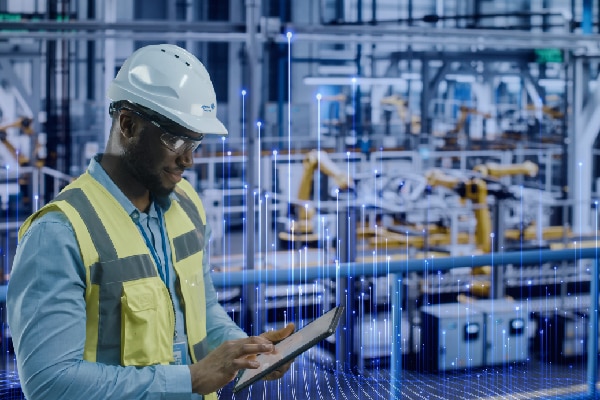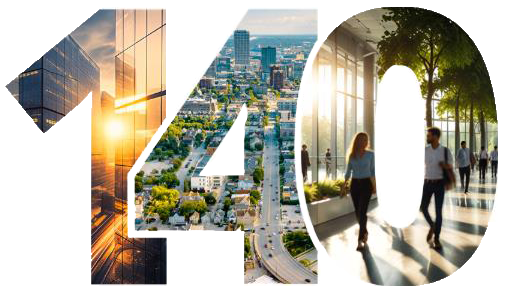- Johnson Controls
- Building Insights
- Laying the Foundations for Smart Buildings
Laying the foundations for Smart Buildings
Derwent London, the UK capital’s largest real estate investment trust, is using advanced technologies to help it transform its buildings into smart and sustainable spaces.

Derwent London is building for the future. The real estate investment trust owns and manages 96 buildings, or nearly six million square feet of space, in or near the center of the capital. It has a significant impact on London’s streetscape, but it’s determined to ensure its influence isn’t reflected in its carbon emissions.
In 2020, Derwent London strengthened its commitment to sustainability by pledging to become a net zero carbon business within the decade. And not just through offsetting, or the purchase of carbon credits. “A lot of people are developing pathways to net zero – and we’ve committed to a particularly punchy one,” says Michael Simons, Digital and Innovation Manager at Derwent London. “But trying to achieve net zero by 2030 without just relying on offsets is what underpins our approach.”
It took one of its first steps towards decarbonization by replacing or upgrading energy-intensive building equipment across its portfolio. For example, the heating, ventilation and air conditioning (HVAC) systems, which can be a significant drain on resources and budgets. But Derwent London knew it could make further savings – if it tapped into the data generated by these systems.
The right data, at the right time
The challenge it faced was unlocking the value of that information. Derwent London has hundreds of tenants with different facilities management providers, who operate their own digital systems, networks and devices. One building may have several utility meters and, in some cases, manual readings must be taken every month.
“The software is powered by AI, which means it’s always learning and adapting. It can help us achieve savings that just aren’t possible otherwise.”
The team wanted a partner who could help it pull together the information from the disparate systems and maximize the potential of it, as Michael explains: “We have our own development team, and we build a lot of our own solutions internally. So, it made sense for us to work with a partner who is a building specialist – in particular, an expert in smart and sustainable buildings. But what impressed me about Johnson Controls right from the start was how they listened to what we wanted.”
The team at Johnson Controls in the UK worked with Derwent London to bring data from all building technologies together in a single digital dashboard. OpenBlue Enterprise Manager is a cloud-based platform that gives the team a holistic view of the data it needs to track and analyze building performance, without replacing existing systems. It also enables it to see an individual building’s efficiency, usage and emissions information. According to Matt Massey, Head of Project Management at Derwent London: "We had real confidence that the data coming back was the right data. And that means we can make informed decisions about how we run our spaces.”
AI uncovers hidden efficiencies
The smart buildings that Derwent London is creating generate an extraordinary amount of data. The better connected they are the more there is to analyze. But advanced technologies are helping the team uncover efficiencies, starting in the core of the building. The central plant is the mechanical, electrical and water systems a building runs on. It’s also the biggest consumer of energy and has the greatest impact on people’s comfort.
Derwent London used OpenBlue Central Utility Plant app, which is enabled by artificial intelligence (AI), to analyze the data it gathers. Thousands of calculations are performed every 15 minutes on the information collected from sensors within the building and on data from external sources. According to John Rathband, a sales manager of major projects and integrated solutions at Johnson Controls: “The software is powered by AI, so it’s always learning and adapting. It can help us achieve savings that just aren’t possible otherwise.”
From ‘proof of value’ to a portfolio
The technologies have been deployed in Derwent London’s iconic White Collar Factory building, and they’ll be rolled out across more than half of the real estate investment trust’s portfolio. The team hopes it will help reduce energy use and save on engineering costs. “How it monitors the building from an asset management perspective is really useful to us,” Matt says. “It makes sure we’re actually addressing the things that are important in terms of how we run the building.”
But as Michael points out, significant benefits also result from the strength of Derwent London’s partnership with us, which showcases our experience and encourages us both to innovate. From John’s perspective: “We’re trying to ensure we don’t forget our history of providing mechanical and electrical services,” he says. “We provide a digital platform and AI-enabled apps. But we must also help our partners act on the data that’s being generated. They must be able to use the insights they gain from the technologies to make changes their building and to improve their equipment.”
Read our case study to find out more about Derwent London’s approach.
Learn more interesting details here
Related Items
OpenBlue
Applying data from both inside buildings and beyond, our customers can now manage operations systemically.
Net Zero Buildings
Achieve decarbonization and renewable energy targets and optimize building performance.
OpenBlue Enterprise Manager
OpenBlue Enterprise Manager gathers and analyzes building data to gauge environment quality and building system efficiency, flags critical issues for action, and provides recommendations on how to increase energy efficiency, reduce carbon emissions, and reduce costs.










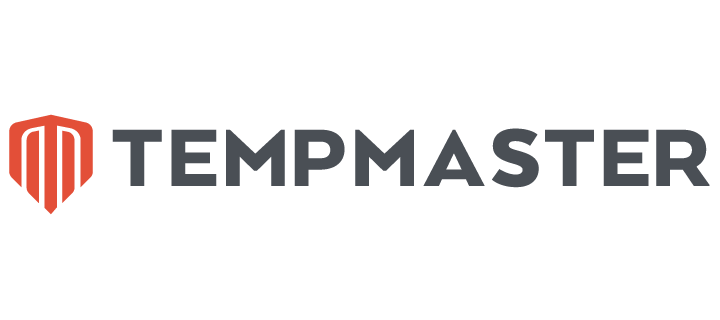





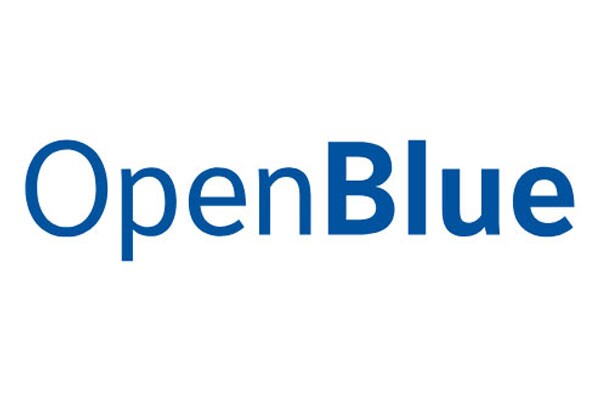








.jpg?la=en&h=320&w=720&hash=244C75B74F0F77521D56164450973BCD)

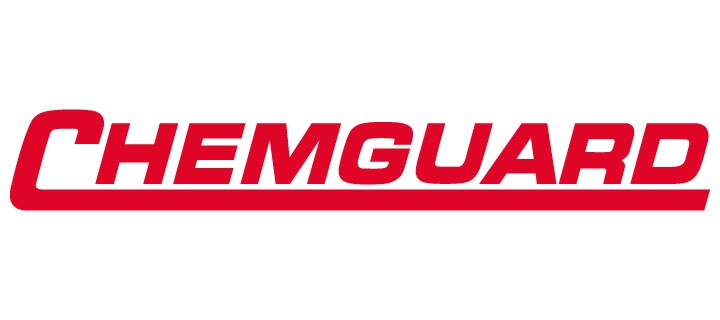
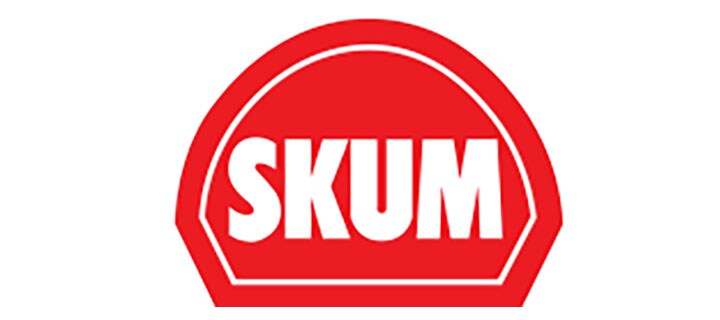



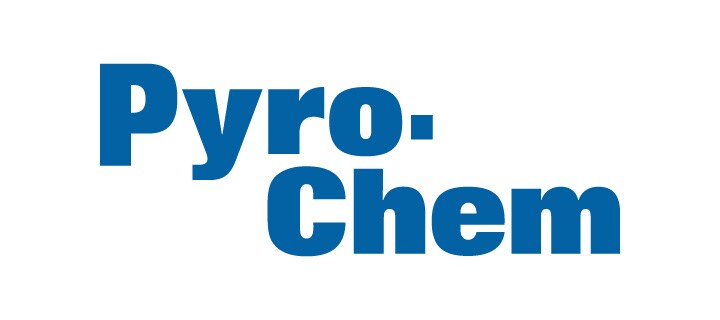











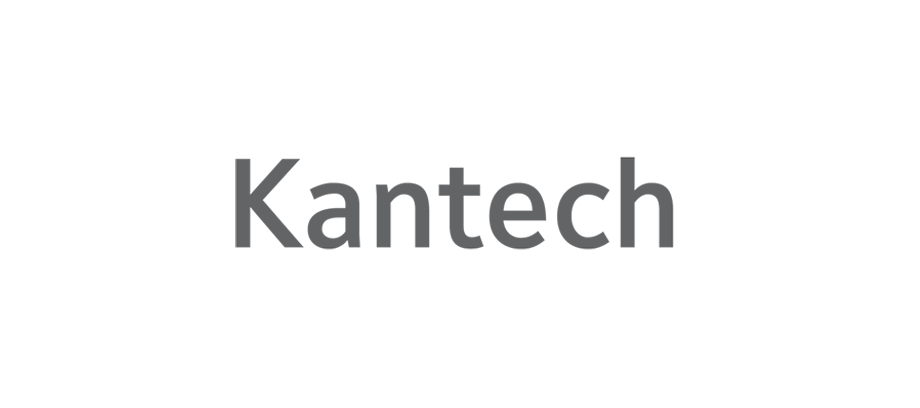

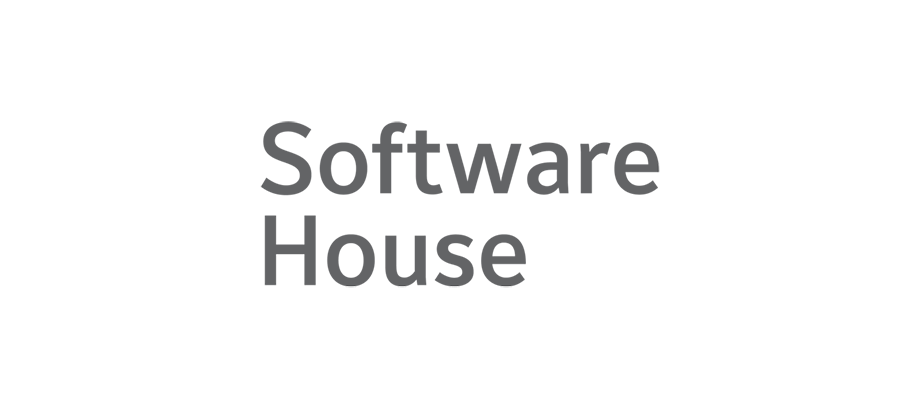








.png)



